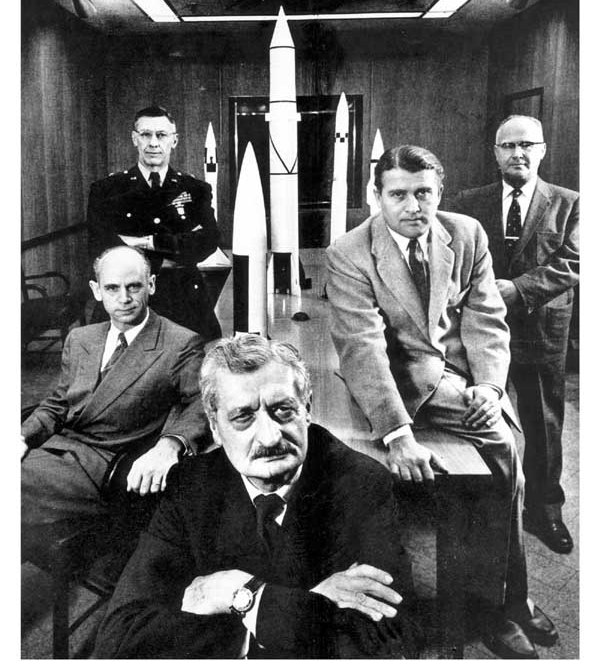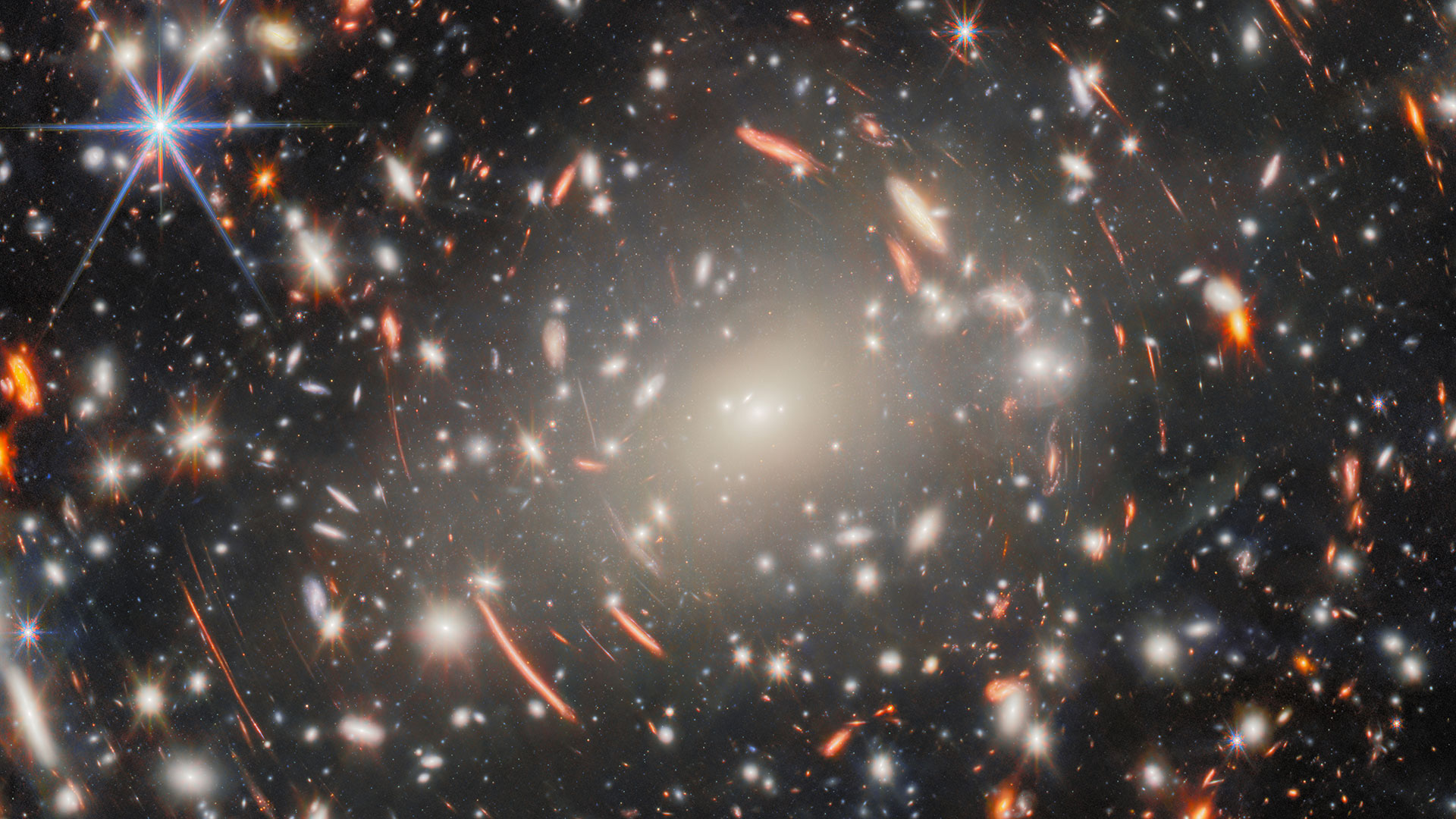Hermann Oberth: German Father of Rocketry

Hermann Oberth, the German father of rocketry, has a mixed legacy. On the one hand, he developed the V-2 rocket for Nazi Germany during World II. On the other hand, his ideas, rejected as implausible when he submitted them as part of his doctoral thesis, paved the way for the development of rocketry, and he later helped launch the United States into space.
Early life
Hermann Julius Oberth was born June 25, 1894, to German-speaking parents in Transylvania (now Romania). Inspired by the Jules Verne's science fiction novel, "From the Earth to the Moon," Oberth applied himself early to the study of the mathematics he knew he would eventually need. At the age of 14, Oberth designed the concept of a recoil rocket, which would use expelled exhaust gas to propel itself.
The son of a physician, Oberth attended the University of Munich in 1912 to study medicine. During World War I, he served as a medic in the Austro-Hungarian Army, where he quickly learned that he did not want to be a doctor. In 1917, he proposed the development of liquid-fueled long-range missiles to the German army, who immediately rejected the idea. He also studied the feasibility of a multi-stage rocket, with sections cast off as they became unnecessary.
Oberth married Mathilde Hummel on July 6, 1918. The couple had four children, two of which were killed during World War II.
Rejected rocket theory
At the close of World War I, Oberth returned Germany to attend the University of Heidelberg, studying physics rather than medicine. In 1922, he submitted his dissertation based on rocket design. It was rejected by the academic scholars.
Undaunted, he published his theories as a pamphlet titled "Die Rakete zu den Planetenräumen" ("By Rocket into Planetary Space"), which he later expanded to 429 pages. The work not only mathematically demonstrated the ability of a rocket to leave Earth's orbit, but also explored the theory that rockets could operate in a vacuum, where they could travel faster than their own exhaust. (When Robert Goddard independently proposed the idea that a rocket could maintain thrust in a vacuum in 1920, he faced public ridicule.)
Oberth also touched on the potential effects of space travel on the human body, and the possibility of launching satellites into orbit.
Oberth's works garnered a great deal of attention from the rocket community, inspiring a young Werhner von Braun to apply himself to math and physics to better understand the equations. A few years later, von Braun joined Oberth in the German Society of Space Travel, of which the older engineer had become president.
War years
Oberth became a German citizen in 1940. During World War II, Oberth joined his former student, von Braun, in developing the V-2 rocket for Germany. The 27,000-pound (12,250 kilograms) rocket could carry warheads at over 3,500 mph. Such rockets rained down on Britain during the war, killing almost 3,000 people and injuring thousands more.
Before the close of the war, Oberth left the V-2 project to develop solid propellant anti-aircraft rockets. After WWII, Oberth served as a rocket consultant in Switzerland and worked on developing solid-propellant antiaircraft rockets for the Italian navy.
In 1955, Oberth moved to the United States to again team up with von Braun, this time on the development of rockets capable of reaching outer space for the U.S. Army. Their work led to development of the Saturn V rocket, which carried men to the moon. He remained there for three years, until retiring to West Germany in 1958.
After his retirement, Oberth continued to work on theoretical studies of rockets. He died on Dec. 29, 1989, in Nuremburg, West Germany, soon after the fall of the Berlin Wall.
Although Oberth developed many of his early theories at the same time as American engineer Robert Goddard and Russian scientist Konstantin Tsiolkovsky, there is no evidence that they relied on one another's work. As such, all three men are regarded as the fathers of rocketry.
— Nola Taylor Redd, SPACE.com Contributor
Join our Space Forums to keep talking space on the latest missions, night sky and more! And if you have a news tip, correction or comment, let us know at: community@space.com.
Get the Space.com Newsletter
Breaking space news, the latest updates on rocket launches, skywatching events and more!

Nola Taylor Tillman is a contributing writer for Space.com. She loves all things space and astronomy-related, and always wants to learn more. She has a Bachelor's degree in English and Astrophysics from Agnes Scott College and served as an intern at Sky & Telescope magazine. She loves to speak to groups on astronomy-related subjects. She lives with her husband in Atlanta, Georgia. Follow her on Bluesky at @astrowriter.social.bluesky
